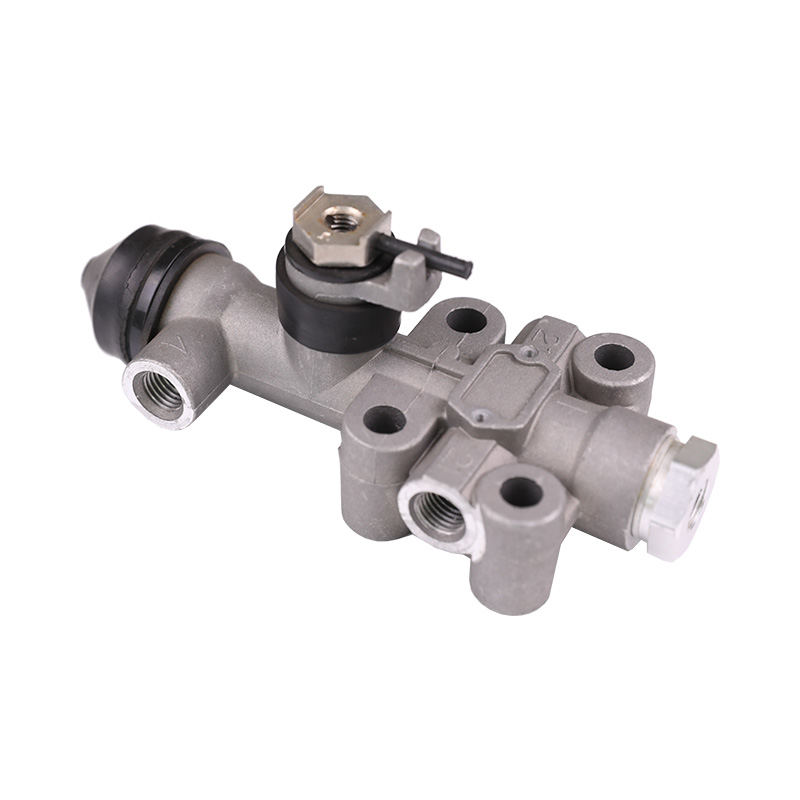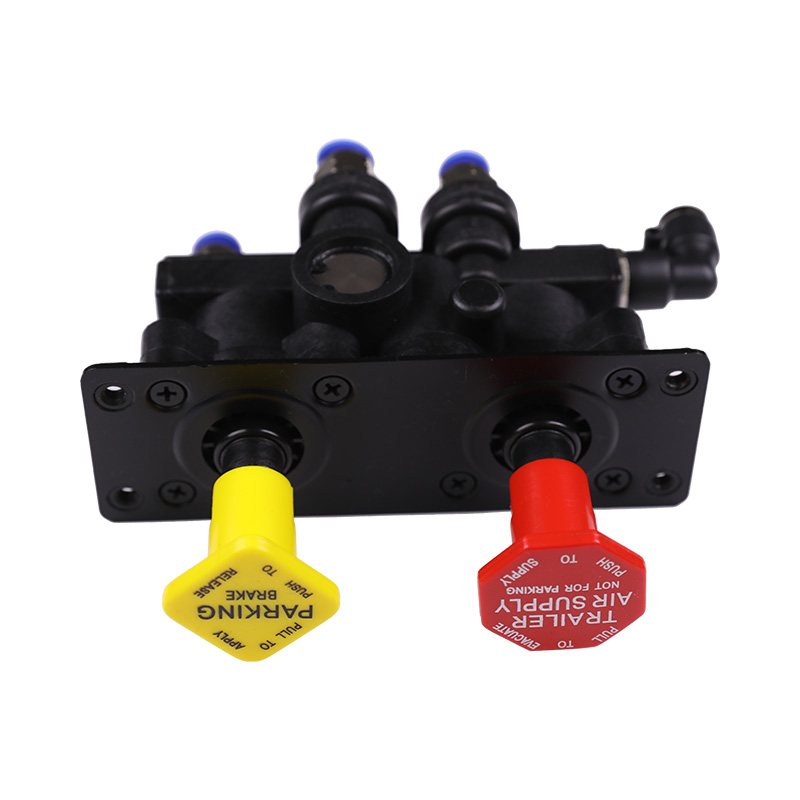Pressure regulation is a critical feature of hand brake valves, as it empowers operators to finely control the braking force applied to a vehicle or equipment's wheels. This capability is vital in various scenarios where precision, safety, and performance are paramount.
Precision Control: One of the primary functions of pressure regulation in hand brake valves is to provide precise control over the braking force. Different situations require varying degrees of braking force, and hand brake valves allow operators to modulate this force with accuracy. For example, when parking on a steep incline, a gentle application of the parking brake may be sufficient to prevent rolling, while a more substantial force may be needed when halting in an emergency.
Adaptability to Different Loads: Vehicles and equipment often carry varying loads, and the braking force must be adjusted accordingly to ensure safe and efficient operation. Hand brake valves with pressure regulation capabilities enable operators to adapt the braking system's performance to the specific load conditions, enhancing overall safety.
Compensation for Wear and Tear: Over time, brake pads and other components of the braking system can experience wear and tear, which can affect braking efficiency. Pressure regulation allows operators to compensate for these changes by adjusting the braking force as needed. This feature prolongs the life of the brake components and ensures consistent performance.
Enhanced Safety: Pressure regulation contributes significantly to safety. In emergency situations or when navigating challenging terrain, the ability to increase brake pressure swiftly can be a lifesaver. Hand brake valves with responsive pressure regulation help prevent accidents, collisions, and rollovers by ensuring the vehicle or equipment can stop quickly and safely.
Brake Balancing: In some cases, different wheels or axles may require varying levels of braking force to maintain stability and prevent skidding. Pressure regulation in hand brake valves allows for brake balancing, ensuring that each wheel or axle receives the appropriate amount of braking force to optimize control and traction.
Reduced Brake Fade: Brake fade occurs when excessive heat buildup reduces the effectiveness of the braking system. By regulating pressure, hand brake valves can help mitigate brake fade by preventing excessive force that could generate excessive heat. This is particularly crucial in applications where heavy loads or steep descents are common.
Handling Uneven Terrain: Vehicles and equipment often operate on uneven terrain where wheel slippage can occur. Pressure regulation enables operators to adjust the braking force to prevent wheel lockup while maintaining effective stopping power. This is essential for maintaining control and stability.
Preventing Overbraking: Overbraking, where excessive force is applied to the brakes, can result in wheel lockup, skidding, and loss of control. Pressure regulation prevents overbraking by allowing operators to fine-tune the braking force, preventing these issues and enhancing safety.
Operator Comfort: Pressure regulation also contributes to operator comfort. Smooth, precisely controlled braking reduces jolts and jerks, creating a more comfortable and less fatiguing driving or operating experience.






